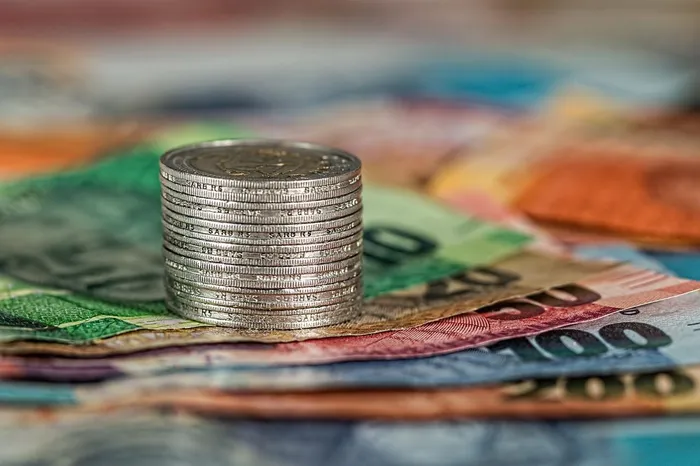SA households drowning in debt, but repayments got a little easier

Discover how the latest SARB report reveals the state of South African household debt and the surprising improvements in financial health, despite rising debt levels
Image: Pixabay
The South African Reserve Bank (SARB) took a close look at the country's economy and found household debt is now almost two-thirds of what people earn, simply because debts are growing faster than income.
But there's some good news from SARB's latest report: the amount you spend on paying off debt, compared to disposable income went down. This is, partially, thanks to a small interest rate cut of 0.25 percentage points in January.
SARB also pointed out, in its Thursday release of the Quarterly Bulletin, that the average household's overall financial health improved early in 2025. This is because the value of what people own grew more than what they owe. Specifically, rising stock prices and increasing house values helped boost people's savings and assets.
The bulletin also details the performance of various sub sectors in terms of real gross value added (GVA) – which measures GDP without inflationary effects.
In terms of economic sectors, that agriculture was a shining star, mining remains in the doldrums, manufacturing continues to decline, while retail, motor trade as well as tourism and accommodation subsectors gained during the first quarter.
In addition to subdued demand from the electricity-intensive mining and manufacturing sectors, electricity generation was constrained by breakdowns at several of Eskom’s generation units, resulting in the renewed implementation of electricity load-shedding. The contraction in the real output of the construction sector reflected lower civil construction and residential building activity.
The tertiary sector – which includes all kinds of services like banking, shops, transport, personal care, education, and healthcare – grew a bit faster in early 2025. SARB reported that shops, car sales, tourism, and hotels saw improvements, but wholesale trade decreased.
SARB also said that “the expansion in the transport, storage and communication services sector was underpinned by increased activity in land freight and air transport as well as transport support services”.
The finance, property, and business services sector also grew slightly in the first quarter of 2025, thanks to more activity in insurance, pension funds, and other financial support services. However, government services and personal services (like hairdressers or gyms) continued to shrink.
IOL